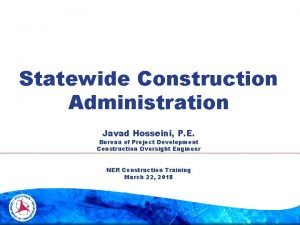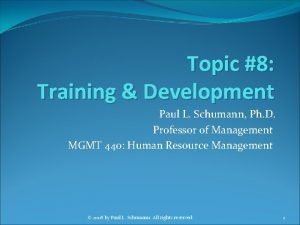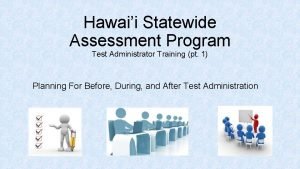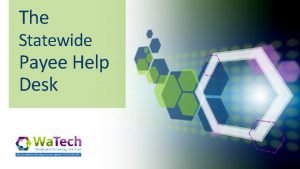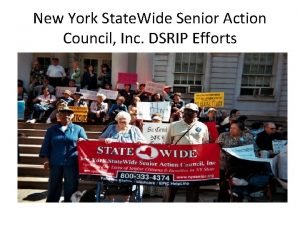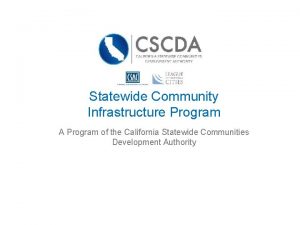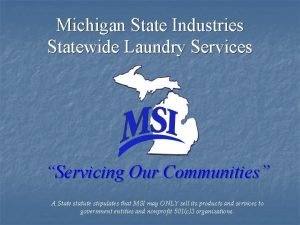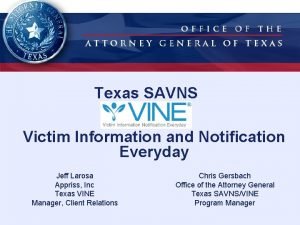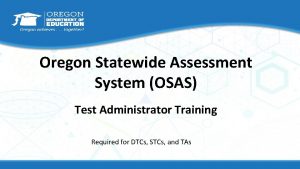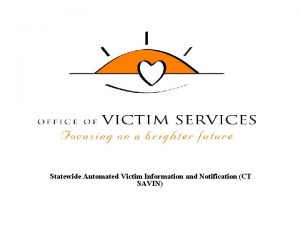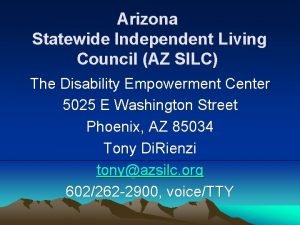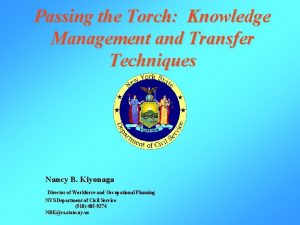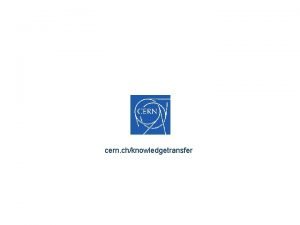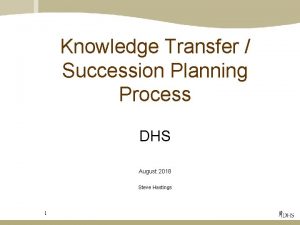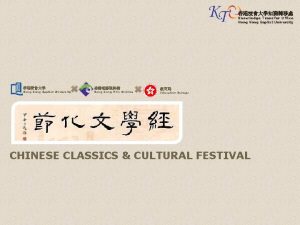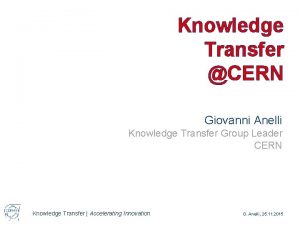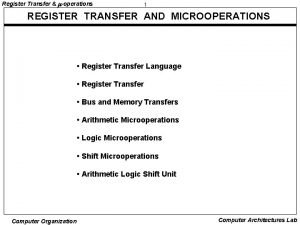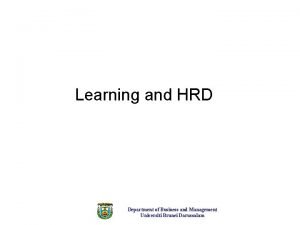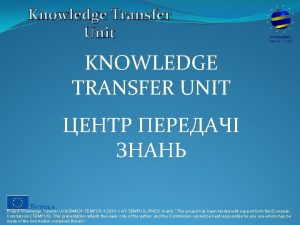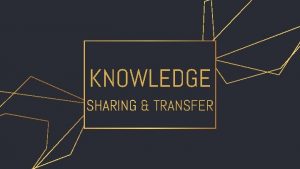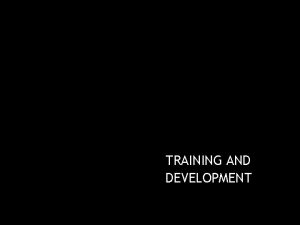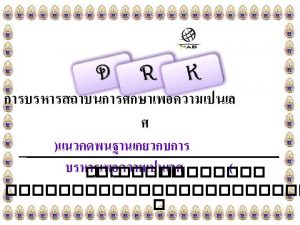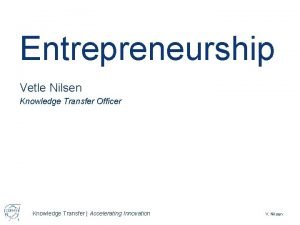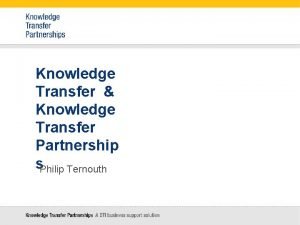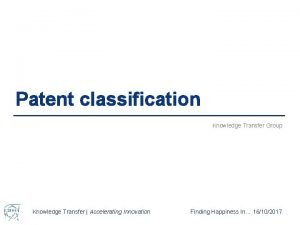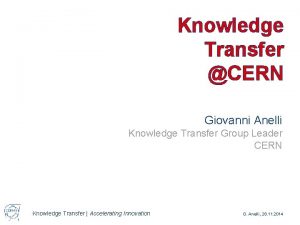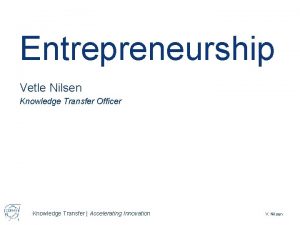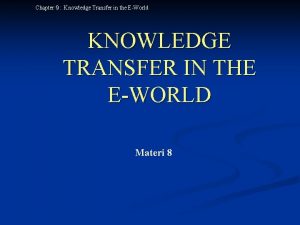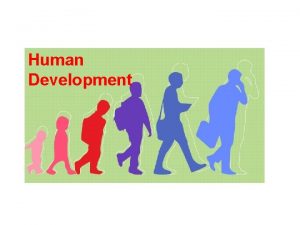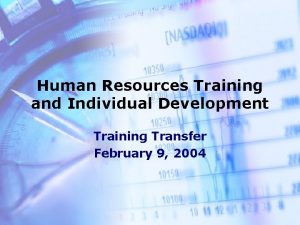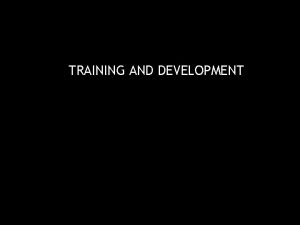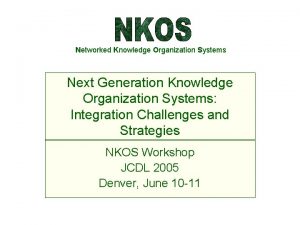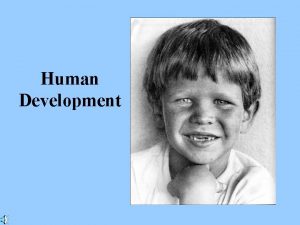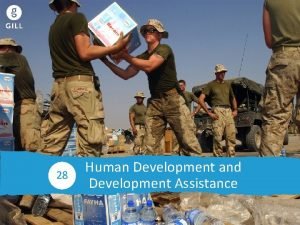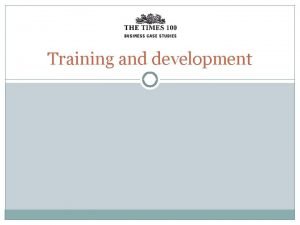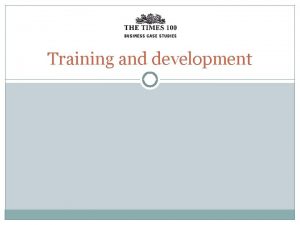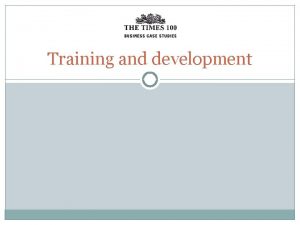Knowledge Transfer Statewide Training and Organization Development Human
































- Slides: 32

Knowledge Transfer Statewide Training and Organization Development Human Resource Management 1

Welcome & Introductions Name l Where you work? l Area of responsibility l How many years you’ve worked in your current job? l 2

Did you know… “Knowledge is the most important raw material of government; working with knowledge is its most important process; and knowledge is what citizens expect government to provide. ” Thomas A. Stewart, Business 2. 0 Magazine 3

Overview Integration l Knowledge Transfer l The Challenge – The Big Why l Overcoming the Barriers l The Process l Questions l 4

Learning Objectives l l l Explain how knowledge transfer integrates with HR practices. Describe the importance of knowledge transfer to your organization and the state of Delaware. Define the knowledge transfer process and describe three steps. Compare and contrast the difference in two types of knowledge and the different approaches needed to capture knowledge. Identify the barriers to knowledge capture and transfer and describe ways to overcome them. 5

HR Integration Strategic Knowledge Management ity s r e Div Training & Development Retention Staffing Recruiting Competencies & Selection Workforce Planning En Wor vir k onm ent Knowledge Retention and Transfer Lea d Sup ership por t Performance Management Coaching & Mentoring Talent Employee Career Management Orientation Development (On-boarding) hip t s r de men a e L lop ve De

Preventing Knowledge from Washing Out to Sea A planned effort to document the effective actions or decision-making in the context of organization activity 1 1 Lost Knowledge, David De. Long 7

The Delaware Challenge Inst kno itutio wle nal d bein ge i and g cap s not ture is w d alki n the doo g out r Aging Workforce te a t s of ble % 41 eligi – n e y l r o i e a t t i s Attr loyee media emp etire im to r Pres sure to re labo duce r cos t s=n all p ot ositi refil ons led Bab reac y boom hing e retir rs bega in 2 ement n 006 age Process is needed to identify staffing, training, job and organization resources e g a of s r r e a t e s y a f 5 s 5 e r e e m i v h t t o r g u rs n o i e f r k e g r Wo retirin se ent e are an tho orkforc h 8

Benefits & Barriers What is the cost to your organization to not take action? 10

Think about it… “Knowledge is power, which is why people who had it in the past often tried to make a secret of it. In postcapitalism, power comes from transmitting information to make it productive, not from hiding it. ” Peter F. Drucker in “The Post-Capitalist Executive, ” Managing in a Time of Great Change, Penguin, NY (1995) 11

Knowledge Transfer Process At the heart of every transfer of knowledge “are people who know and people who want to know”. Teach What you Know by Steve Trautman 12

There is always a gap between learning and doing the work. Delivering for application of the information helps bridge the learning-doing gap. The tool you choose determines the effectiveness of the bridge Adapted from the Fort Hill Company 13

Types of Knowledge Explicit Knowledge Easily articulated, standardized, or shared Click on the Picture to go The Triangle of Wisdom Tacit Knowledge What we know, but has not or cannot be articulated – knowledge gained from personal experiences. 14

The Triangle of Wisdom Tacit Knowledge, strategic planning, coaching/mentoring Documents, checklists, manuals, dashboards, information management Wisdom Knowledge Team activities, process mapping, lessons learned, plans, decisions, goals Information Metrics/Numbers, observations Data Knowledge does not appear at once. Rather, it accumulates slowly over time, shaped into certain directions through hundreds of daily decisions and experiences. Adapted form Wellsprings of Knowledge, Dorothy Leonard. Barton, 1995

Competence Model Unconsciously Competent Consciously Incompetent Unconsciously Incompetent 16

Knowledge Mapping 17

Knowledge Mapping Questions l l What kinds of knowledge or skills do you have that your office will miss when you leave? If you had to leave suddenly and only had one day left to brief your replacement, what would you put on your list of things to tell them? Looking back, what things do you wish your office had taught you early in your job that you eventually learned the hard way? What pieces of knowledge are you most worried about slipping through the cracks when you 18 leave?

Knowledge Transfer Tools 1. 2. 3. What knowledge or skills need to be shared? With whom do you need to share it? What is the best way to share it? 19

Knowledge Transfer Strategy Game 20

Did you know… “Too often, people think of knowledge management as a noun. They’re mistaken: …it is a verb, a way of getting work done. You can’t get it done without a lot of nouns, such as “people, ” “processes, ” “procedures” or “products. ” But the essence of Knowledge Management isn’t something you buy, it’s something you make happen. ” Jeff Angus, KM Magazine 22

Step 1: Assessing Knowledge at Risk What is your critical knowledge? l Key positions: l l Key Roles - critical talent l l Critical to the organization’s performance (mission critical) Strategic location within the organization Decision-making responsibilities Position attributes Critical employee knowledge & skills Unique expertise Who ? – Attrition Data 23

Knowledge Risk Assessment l l l Provides focus Identifies key positions and key roles Uses rating system to determine Attrition Factor (AF) l l Time until retirement/separation = Departure Factor (DF) Position criticality = Position Risk Factor (PRF) AF = DF x PRF Click on the Picture to go to Attrition Rating Scales 24

Step 2: Capture Knowledge 1. 2. 3. 4. 5. Compile a list of potential areas of loss Prioritize the areas Assess the criticality of the knowledge Identify and choose the options to retain the knowledge Implement the plan Click on picture to go to Knowledge and Skills Form 25

Step 3: Monitor and Evaluate Plans Review current workforce planning data l Review knowledge retention plans l Identify areas for reassessment l Begin reassessment l Knowledge Retention Plan 26

Organizational Chart Manager Employee #1 Employee #2 Employee #3 27

Knowledge & Skills Activity 28

Think about it… “Why is communication key to knowledge management? Because knowledge becomes productive when it flows. What Peter Drucker calls “high productivity of knowledge” is achieved when people share knowledge. Conversations have become the most valueadding activity in the organization — within teams, among teams, and even beyond the borders of the organization. ” –Edna Pasher 29

Step I Conduct Risk Assessment § Identify positions & roles where critical knowledge loss is most imminent or most critical § Rate these based on an attrition factor and position criticality factor § Assess consequences of loss Step 2 – Part 1 The Plan Development Step 3 Progress Monitor, Evaluate, and Revise § Assess what is working and what is not working § Make adjustments to the plan § Address new issues facing the organization that affect knowledge loss or transfer Knowledge Transfer Process Step 2 – Part 2 The Plan Implementation § Communicate the retention plan to others § Implement strategies to reduce potential loss § Document actions and results Source: Adapted from the Tennessee Valley Authority’s Knowledge Program and State of North Carolina’s Office of State Personnel, Knowledge Transfer Program § Determine approach to capture your critical knowledge § Assess content and type of job-specific knowledge held by employees - criticality § Prioritize list to retain or reduce loss

HR Integration Strategic Knowledge Management ity s r e Div Training & Development Retention Staffing Recruiting Competencies & Selection Workforce Planning En Wor vir k onm ent Knowledge Retention and Transfer Lea d Sup ership por t Performance Management Coaching & Mentoring Talent Employee Career Management Orientation Development (On-boarding) hip t s r de men a e L lop ve De 31

Learning Objectives l l l Explain how knowledge transfer integrates with HR practices. Describe the importance of knowledge transfer to your organization and the state of Delaware. Define the knowledge transfer process and describe three steps. Compare and contrast the difference in two types of knowledge and the different approaches needed to capture knowledge. Identify the barriers to knowledge capture and transfer and describe ways to overcome them. 32

Think about it… “Knowledge accidents happen when people run into each other at places like this or at the water cooler, exchange information, and realize an opportunity for collaboration and a synergy between the projects they’re working on. We need to make knowledge accidents happen on purpose, regularly and, most importantly, with intent. ” Al Zollar, Gov. Tech conference, June, 2002 33

Thank You References l Questions l Evaluations l 35
 Statewide construction and development
Statewide construction and development Training plan for employees
Training plan for employees Human needs and human development chapter 8
Human needs and human development chapter 8 Chapter 8 human needs and human development
Chapter 8 human needs and human development Sba testing hawaii
Sba testing hawaii Statewide vendor number
Statewide vendor number Statewide health insurance benefits advisors
Statewide health insurance benefits advisors New york statewide senior action council
New york statewide senior action council Statewide community infrastructure program
Statewide community infrastructure program Michigan state industries
Michigan state industries Vinelink texas statewide
Vinelink texas statewide Statewide benefits
Statewide benefits Osas tam
Osas tam Ct savin
Ct savin Arizona statewide independent living council
Arizona statewide independent living council Gni definition ap human geography
Gni definition ap human geography Knowledge creation and knowledge architecture
Knowledge creation and knowledge architecture Point by point organization essay
Point by point organization essay A repeating disturbance that transfers energy
A repeating disturbance that transfers energy Cern knowledge transfer
Cern knowledge transfer Knowledge transfer in e world
Knowledge transfer in e world Torch of knowledge meaning
Torch of knowledge meaning Cern knowledge transfer
Cern knowledge transfer Nda
Nda Knowledge silo matrix
Knowledge silo matrix Knowledge transfer office
Knowledge transfer office Cern knowledge transfer
Cern knowledge transfer Register transfer operation
Register transfer operation Baldwin and ford transfer of training model
Baldwin and ford transfer of training model Shared and personal knowledge
Shared and personal knowledge Knowledge shared is knowledge squared
Knowledge shared is knowledge squared Knowledge shared is knowledge multiplied meaning
Knowledge shared is knowledge multiplied meaning Contoh shallow knowledge dan deep knowledge
Contoh shallow knowledge dan deep knowledge
